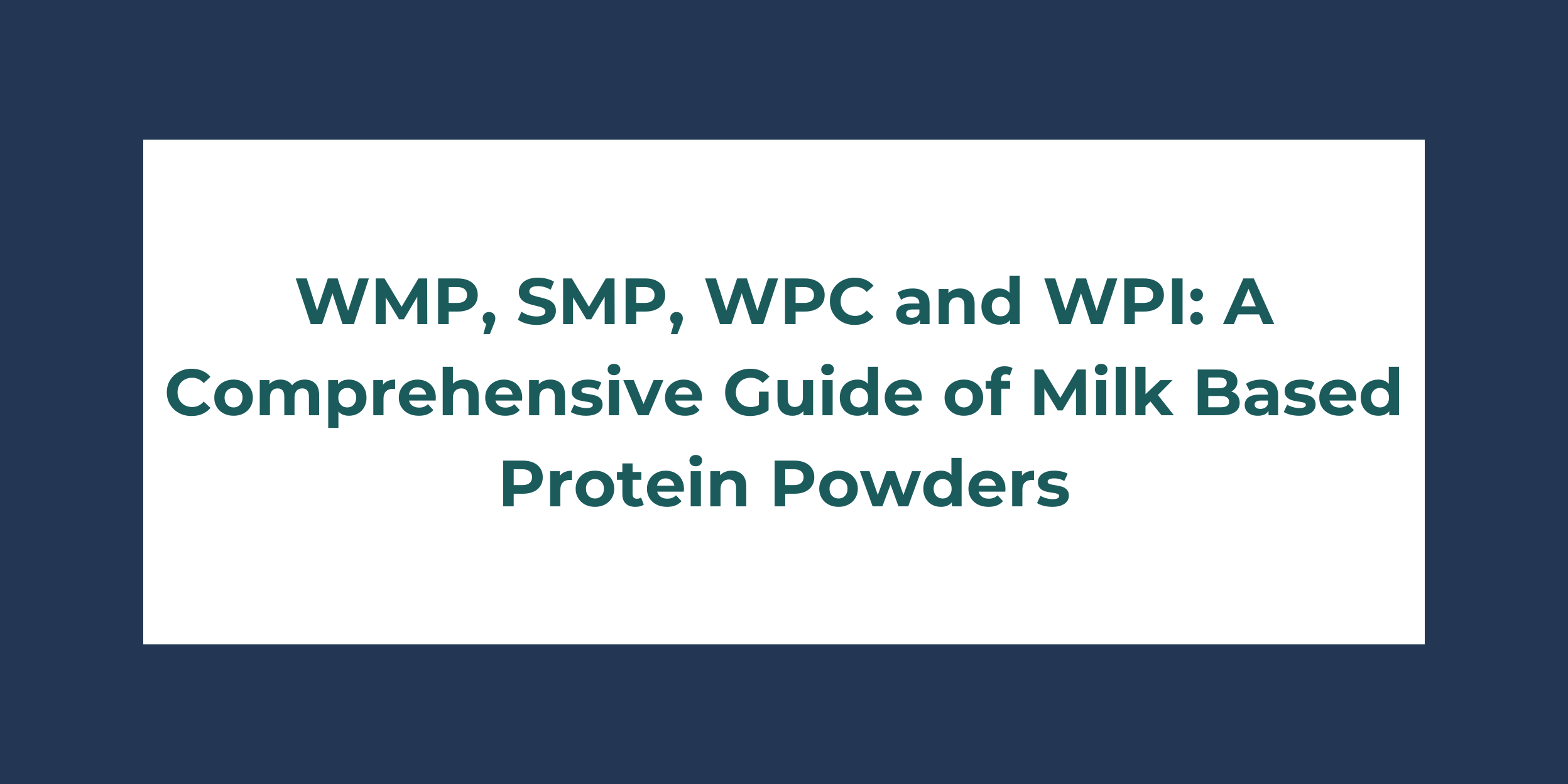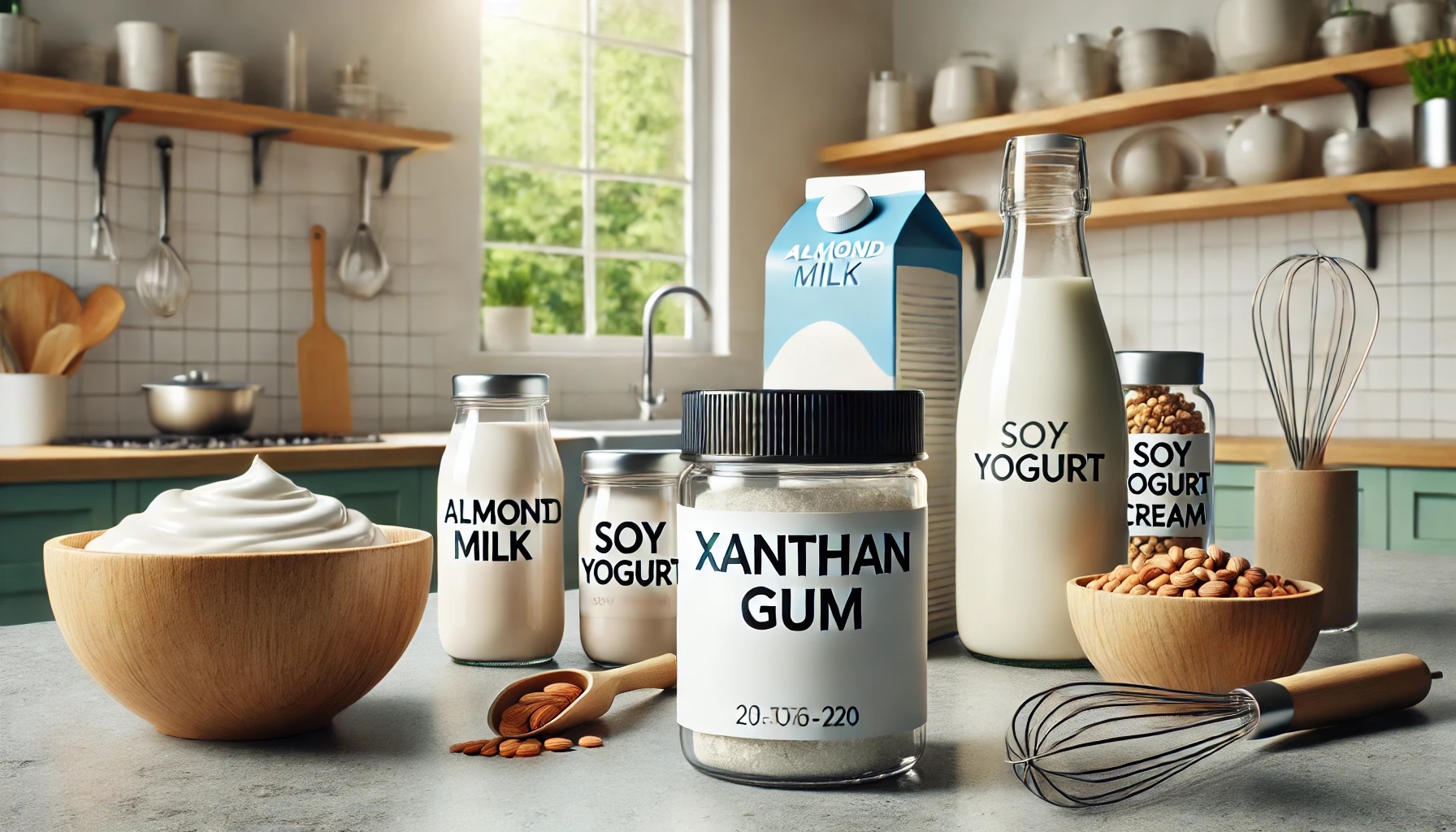Introduction
Milk-based protein powders, which include
- Whey protein concentrate (WPC),
- Whey protein isolate (WPI),
- Whole milk powder (WMP), and
- Skim milk powder (SMP).
are popular choices for Dairy Based Products, Nutritional Supplements, Nutraceutical Products and Confectionery industries.
WPC & WPI are used extensively by dairy based product industry.
Whole Milk Powder (WMP)
- WMP is made by evaporating milk to dryness, retaining all its nutrients, including protein, fat, and lactose.
- It typically contains around 26% protein, 26% fat, and 37% carbohydrates (mainly lactose).
- WMP is often used in baking, confectionery, and dairy product manufacturing due to its rich flavour and nutritional profile
Skim Milk Powder (SMP)
- SMP is produced by removing the fat and water from milk, leaving behind a
powder rich in protein and carbohydrates. - It contains about 34% to 36% protein, making it a popular choice for protein fortification in food products.
- SMP is commonly used in the food industry for its ability to enhance the nutritional value and texture of products like yogurt, ice cream, and beverages
Whey Protein Concentrate (WPC)
- WPC is produced by removing the water, lactose, and minerals from whey,
leaving behind a powder rich in protein. - It typically contains around 35% to 80% protein, with the remainder being
carbohydrates (including lactose) and fats. - WPC is a versatile protein powder used in sports nutrition and food products for its high protein content and pleasant taste.
Whey Protein Isolate (WPI)
- WPI undergoes further processing to remove almost all the fat and lactose, resulting in a powder that is over 90% protein.
- It is ideal for individuals looking to increase their protein intake without
consuming additional carbohydrates or fats. - WPI is often used in sports nutrition products and dietary supplements due to its high protein content and low lactose content.
Comparison of Protein Content
- WPI has the highest protein content(>90%), followed by WPC (70-80%,), SMP (34-36%), and WMP (32-35%), in descending order.
- The choice between these protein powders depends on applications, cost, label claims and target consumer group
Conclusion
In conclusion, milk-based protein powders are widely used in various industries for their nutritional value and functional properties.
WMP and SMP are rich sources of protein, fat, and carbohydrates, making them ideal for baking, confectionery, and dairy product manufacturing.
WPC and WPI, on the other hand, are valued for their high protein content and versatility, making them popular choices in sports nutrition and food products.
The choice of protein powder depends on the specific application, cost considerations, label claims, and target consumer group.
Overall, milk-based protein powders play a significant role in the food and beverage industry, providing essential nutrients and functional benefits to a wide range of products.








